Root Lessons from Nature’s Sculpture Garden
By John Palka — Posted November 6, 2016
The wild ocean coast of the Pacific Northwest is like a natural sculpture garden in which fantastical shapes abound. On almost any beach or cove you visit, you will find logs and uprooted trees in mind-boggling arrays, the trunks as straight as the beams of a house, the roots twisted in phantasmagorical convolutions. They are magnificent to look at. In addition, as is the case anywhere in the natural world, there are lessons to be learned—we need only to look carefully and wonder about the origin and meaning of what we are seeing. In this post our focus is on the roots that we see especially well in driftwood and on the lessons they can teach us.
DRIFTWOOD FORMS
Below is part of the driftwood array at Washington’s Rialto Beach, the massive trunks and roots partially buried in the sand by winter storms.
The next photograph was taken further down the same beach. The ghostly front ranks of Sitka spruce (Picea sitchensis) standing at the edge of the wood were most likely killed by the salt water. Over time they weathered, just like the driftwood fallen on the beach. The beach logs mostly came from further inland, carried to the sea by raging rivers or broken loose from rafts of commercially felled timber. The latter are recognizable by their sawn-off ends. The diameters can be formidable.
As we can see, whether on the beach or in a living, green forest, the aboveground architecture of trees is relatively simple. It consists of one or several trunks growing upward away from gravity, though also influenced by light; often straight but sometimes curved; and adorned with branches. The belowground roots have a far more complex structure. They branch widely to anchor the tree mechanically and also to provide an enormous absorptive surface through which water and mineral nutrients can enter. Most importantly for this post, the roots respond to a whole variety of local conditions whose spatial distribution within the soil is highly complex—local variations in nutrients, pockets of moisture, impenetrable rocks, and the like.
When a tree sprouts from a seed, we can confidently predict the species-specific shape of the trunk and its branches decades into the future. We cannot do that for its roots. Complexity and variability are dominant. Let’s consider some of the lessons that these intricate formations can teach us.
ROOT GRAFTING
Looking like a scene out of mythology, the structure pictured above displays a phenomenon that is often revealed in driftwood—the fusion of two roots, known as root grafting. This phenomenon will be our focus.
In this example we see multiple root fusions or anastomoses forming an intricate pattern.
The photographs above illustrate grafting among the roots of single individual trees—self-grafting, which is extremely common. Grafting also frequently occurs between the roots of separate trees. Usually these trees belong to the same species. Grafts between trees of different species have likewise been identified, but they are rare.
POSSIBLE FUNCTIONS OF ROOT GRAFTING
Biologists have wondered what trees might gain from root grafting. This is especially puzzling in self-grafting. It isn’t obvious that the loops and anastomosing root networks that give driftwood such a marvelous sculptural quality rendered the tree much benefit while it was alive. There is, rather, a suspicion that these grafts simply reflect a tendency of roots that are in contact—and perhaps under mechanical pressure—to fuse together.
This interpretation is consistent with the observation that in stands of trees of a single species, close neighbors form grafts more frequently than do more distant neighbors. The roots of close neighbors come into contact more frequently than do the roots of distant neighbors, so it looks simply like an opportunistic process.
Whatever it is that prompts the roots of neighboring trees of a species to graft, the outcome is the formation of an underground root network. We have already seen networking via mycorrhizae, where our example was the ghostly-looking Indian pipe. Later we encountered it in the form of hemiparasitism among herbaceous flowers, in our example between Indian paintbrush and its neighbors, including lupine. In these cases, we were able to identify benefits associated with the networking.
But what are the benefits deriving from root grafts in trees?
Mechanical stability
Biologists have suggested that networked trees are more stable in the wind than are trees that do not participate in a network. There is, however, no experimental evidence that this is the case, and the counterargument has been made that the simple intertwining of many unfused roots actually provides more stability than does the fusion of a relatively small number of roots. So, this suggestion remains difficult to evaluate.
Nutritional support
Much stronger evidence is available for the proposal that grafting provides a nutritional benefit for the less robust trees in a network. Here is an elegant experiment that is part of this evidence.
In this Canadian study, pairs of trees (lodgepole pines, Pinus contorta) were established, some pairs with grafted roots and others lacking them. Within each pair, one tree was left exposed to full sunlight, the other was shaded. In all pairs, the tree in the light was found to store more carbohydrates in its roots than did the shaded tree. This was expected, because the carbohydrates are produced by photosynthesis, and photosynthesis would be limited by shading. But now comes the crucial finding. The shaded trees whose roots were grafted to those of their sunlit partners stored significantly more carbohydrates than did those lacking grafts to their partners. In other words, the vigorously growing trees were able to supply nutritional support to their less fortunate partners and help them overcome the effects of limited sunlight. This is a striking experimental example of the concept that underground networks can bring a community-like benefit.
Perhaps the most extreme example of a nutritive relationship is the observation that, in a selectively logged forest, stumps completely lacking the ability to photosynthesize can nevertheless remain alive for many years, grow so-called callus caps over their cut surfaces, and even produce annual growth rings. All this is attributed to the ongoing supply of carbohydrates provided by the other members of their underground network via grafted roots.
Pests and pathogens
The transfer of nutritional and other molecules from tree to tree might also play a role in the defense of trees against herbivores and infectious agents. There is evidence that this in fact occurs. In stands of black spruce (Picea mariana) cyclically attacked by spruce budworm, one of the most devastating insects pests of North American forests, trees with identifiable root grafts seemed better able to survive the defoliation associated with the periodic outbreaks of the pest population. There was even a suggestion that the stress of a spruce budworm outbreak might facilitate root graft formation, thus preparing the trees for the next outbreak. If this proves to be true, it would be another example of trees living in a mutually beneficial communal relationship because of their underground connections.
Finally, there is at least one potential disadvantage of networking by root grafts—the spread of pathogenic organisms from tree to tree. This phenomenon has been documented. It is not clear how serious an issue it is.
WANDERING IN THE SCULPTURE GARDEN
Isn’t it amazing what lessons and ideas are opened to us by the trees of Mother Nature’s sculpture garden? Structures that we cannot so easily see in the living forest are revealed to us, and invite us to seek their meaning in the lives that the trees lived before they were brought to the shore and weathered by the wind, light, and water. If we follow the thread far enough, we are even led to the idea that trees live not as isolated individuals but as members of structurally linked communities.
Nature has many such stories to tell, if we only keep our eyes and minds open to listening to them!
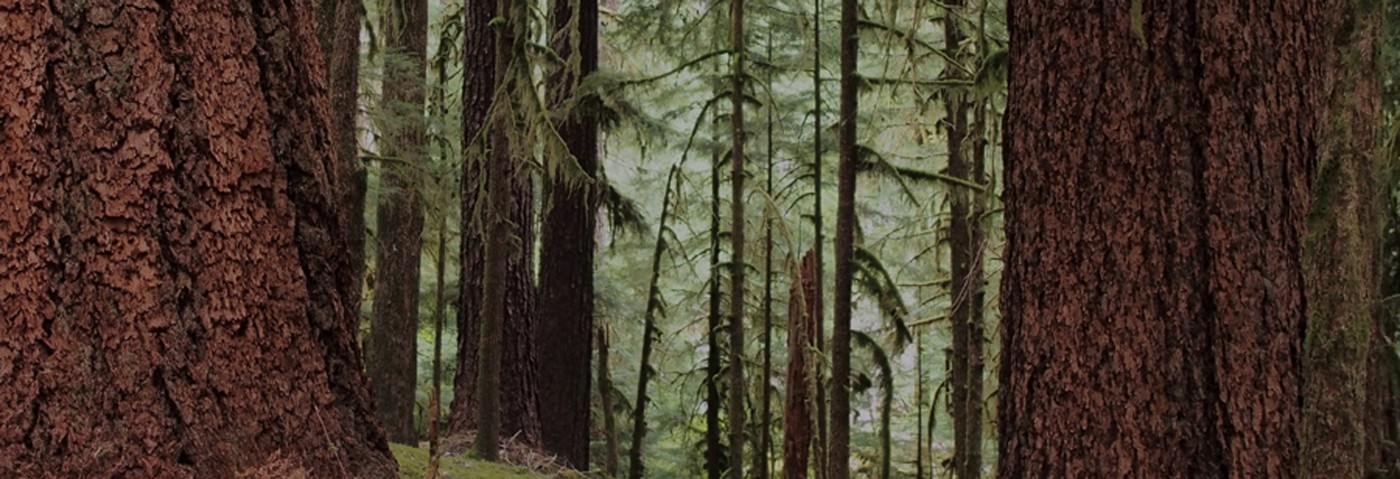

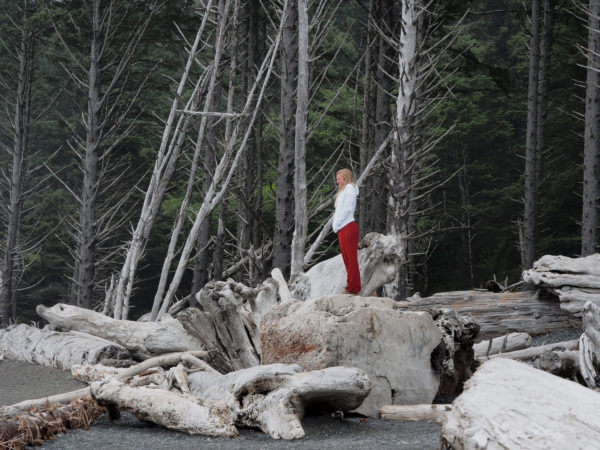
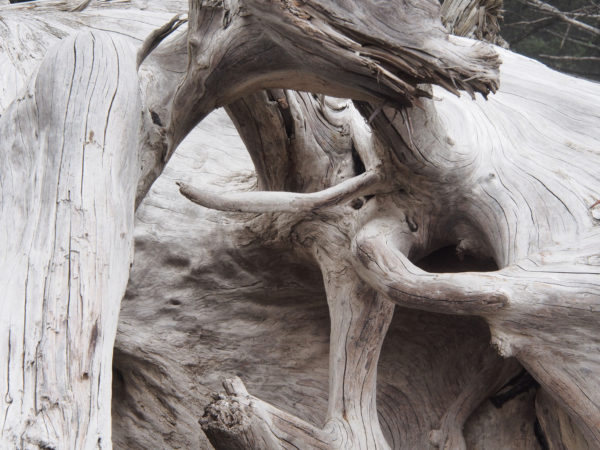

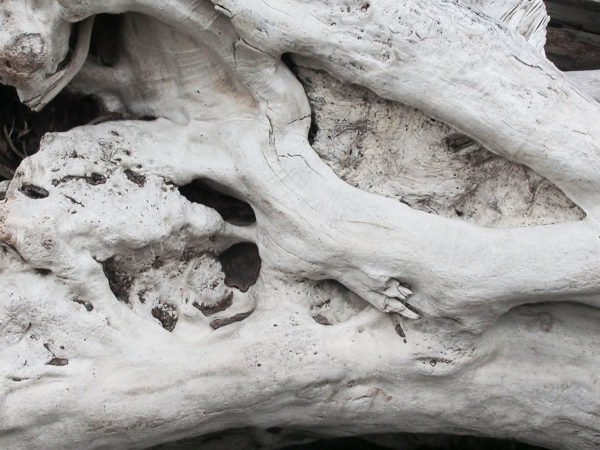
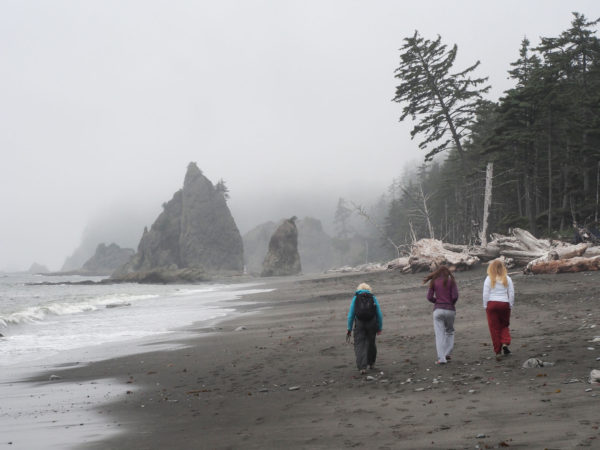
Enchanting… My wanderings on beaches will never be the same..! As usual, Johnny, you open an entire new book..! Thanks.
Many thanks, Marty. Yes, there are so many wondrous things out there, hidden just beneath what greets our eyes!~
Nice piece! A question: Is it possible to map in detail the underground root structure of a living tree, using (perhaps) sound or radio-frequency radiation or some other technique?
Thanks, Peter. Mapping root systems, especially of trees, is really hard. Here are a couple of references you might enjoy looking at, if you can get to them through your library:
Assessing and analyzing 3D architecture of woody root systems, a review of methods and applications in tree and soil stability, resource acquisition and allocation
Danjon, Frédéric ; Reubens, Bert
Plant and Soil, 2008, Vol.303(1), pp.1-34
Automated imaging system looks underground to helpimprove crops NewsRx Health & Science, Oct 26, 2014, p.30
A structurally-linked community of trees…what an amazing way to think of those forests.
It is amazing, and there’s more to come!
Beautifully done, Johnny!
Thanks, Julie. I find the driftwood truly inspiring.